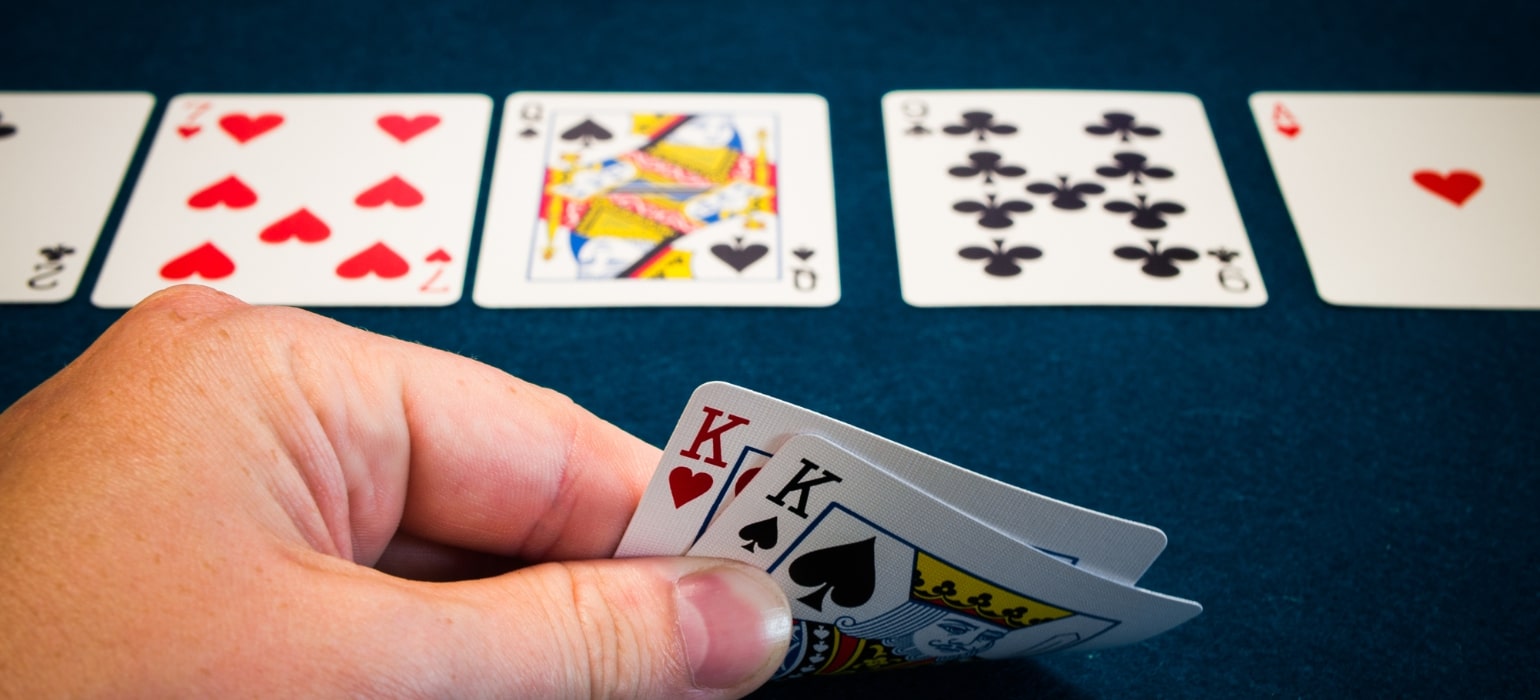
Postflop fundamentals for beginners
Postflop play is where Texas Hold’em gets intricate. Learning to play preflop quite well can be done by memorizing and practicing…
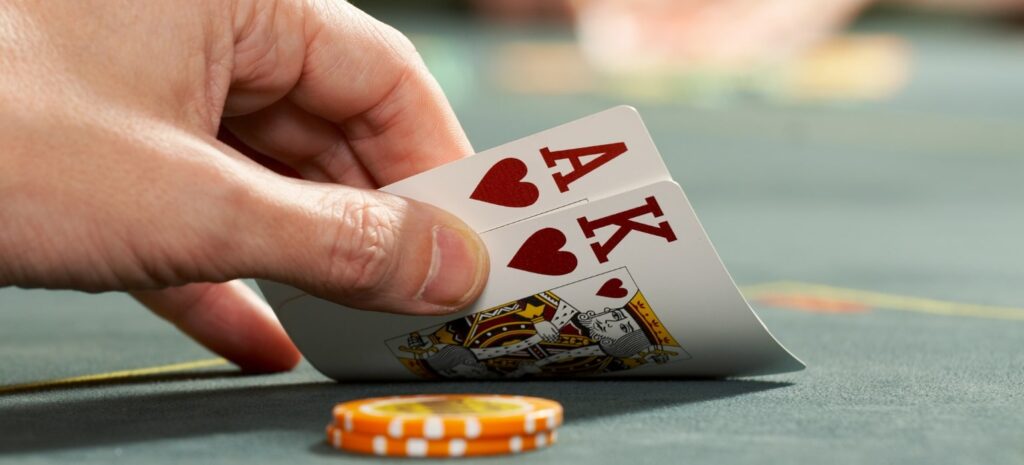
When only the blinds are in the pot it is called unopened. You normally start with a raise, not a call (limping). Some of the reasons are:
This is an introduction to the topic, see Preflop Opening Ranges for more details.
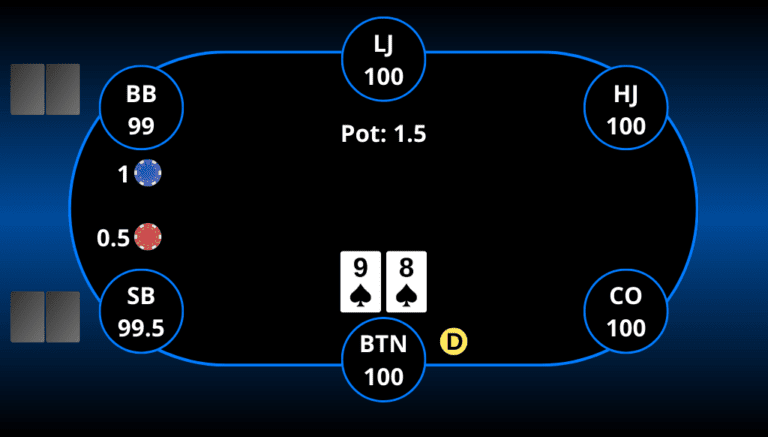
Position is key
In early positions, you need to play a lot tighter than in late positions. With several players acting after you, the risk that someone defends against your raise is much bigger. You also risk playing postflop out of position. For more information, see Poker positions.
Bet sizing
It is recommended to raise 2 – 3x big blind. A common size is 2.5 bb (big blinds) in all positions except SB, where 3 bb is often used. In live cash games the open raise size is often a bit bigger, for more information, see Preflop bet sizing.
Early position
In early positions, there are many players left to act. Anyone of them can have a strong hand, making life difficult. This means you need to play tight (few hands).
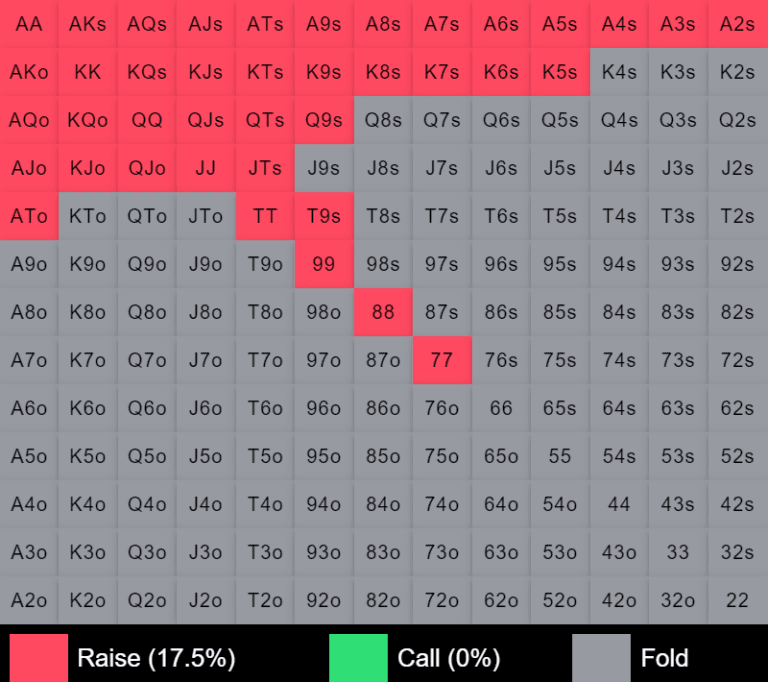
In a cash game with 100 bb stack in the LJ position, we raise with 17.5% of our hands and fold the rest.
Late position and Small blind
In late positions there are few players left to act, which means you can often steal the blinds. The risk of needing to play postflop out of position is also smaller (or zero in the button). This means you should play looser (more hands).

In a cash game with 100 bb stack in the BTN position, we raise 41.8% of our hands and fold the rest.
It is challenging to memorize all the different charts just by looking at them. It is also hard to know if you remember correctly. We strongly recommend practicing preflop ranges in the preflop exercise to help you commit them to memory and get feedback on mistakes.

Postflop play is where Texas Hold’em gets intricate. Learning to play preflop quite well can be done by memorizing and practicing…
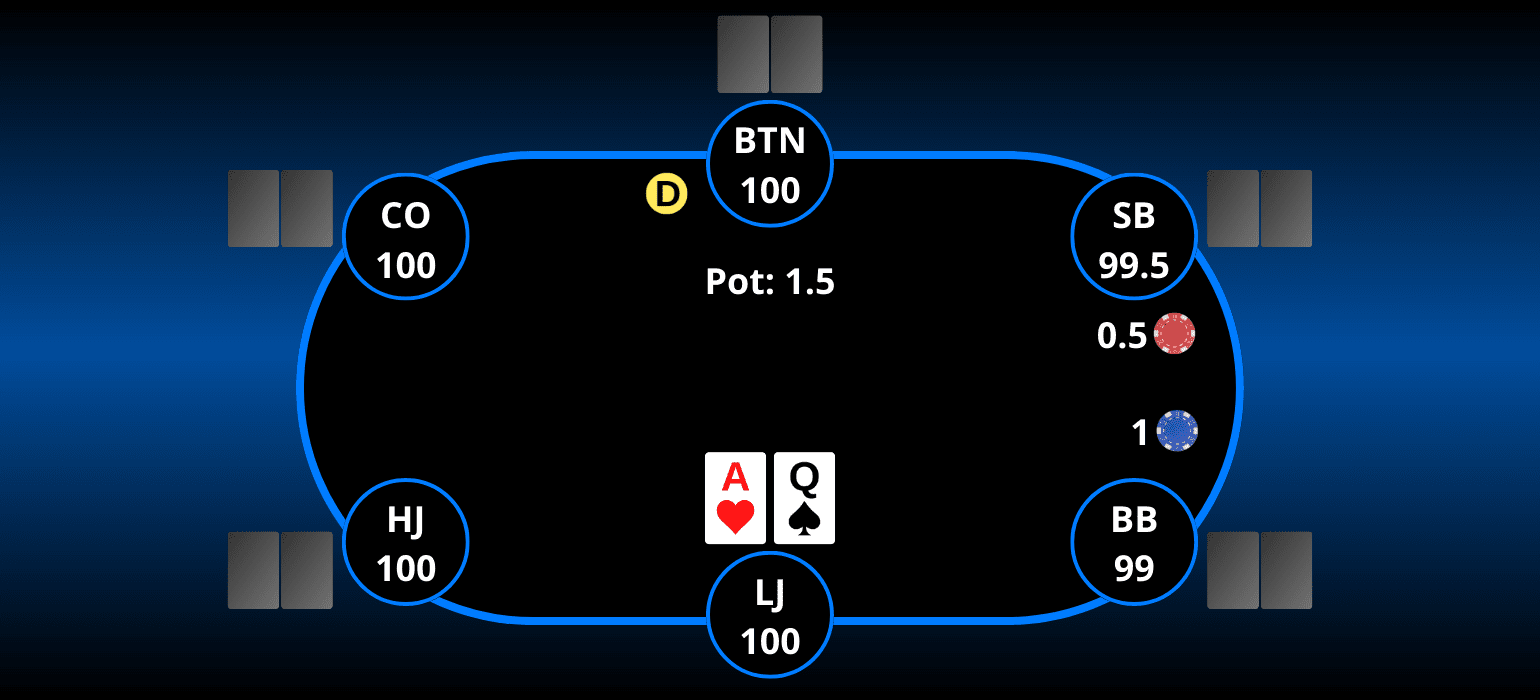
In poker, the value of good preflop play is often underestimated. Here’s why it is important:
Played in every hand: Since preflop…
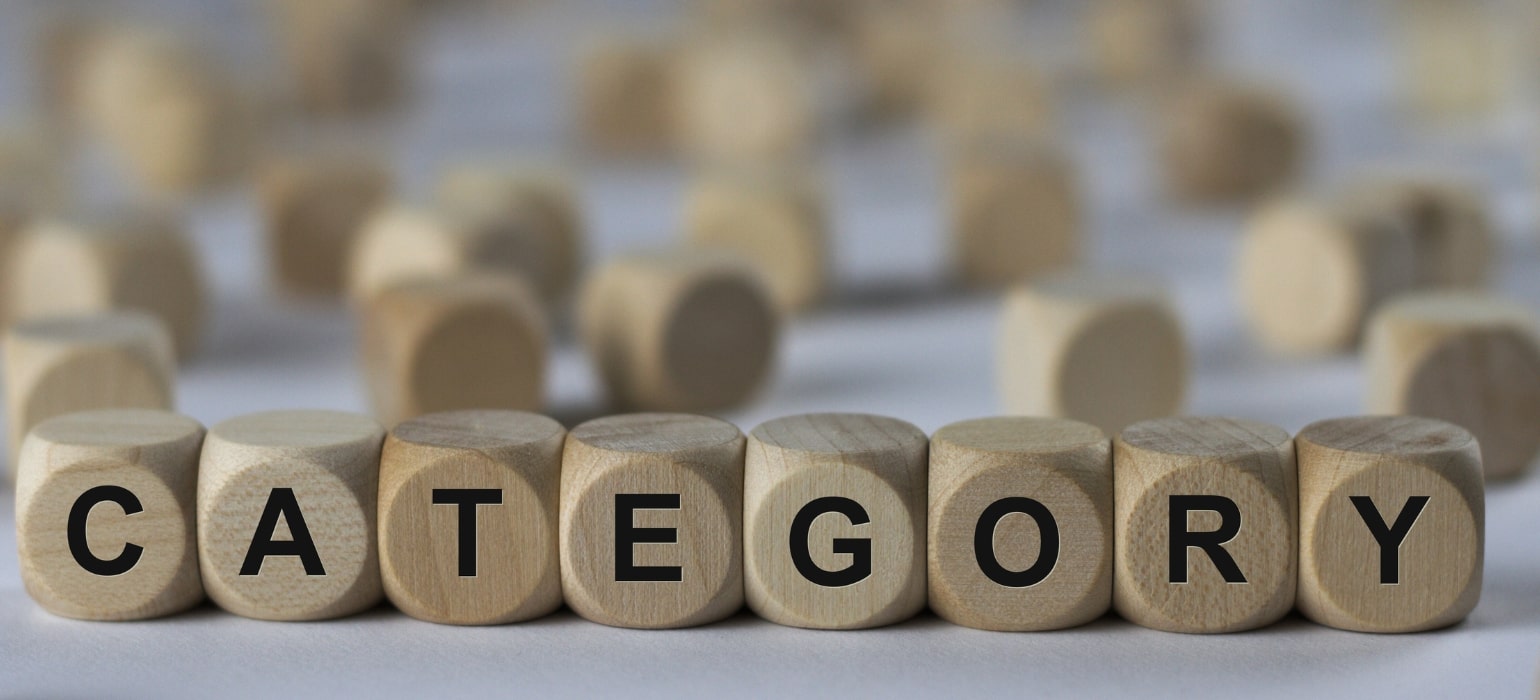
In Texas Hold’em, understanding preflop hand categories is essential for beginners, as it sets the stage for the rest of the hand. Preflop, the…
| Cookie | Duration | Description |
|---|---|---|
| cookielawinfo-checkbox-analytics | 11 months | This cookie is set by GDPR Cookie Consent plugin. The cookie is used to store the user consent for the cookies in the category "Analytics". |
| cookielawinfo-checkbox-functional | 11 months | The cookie is set by GDPR cookie consent to record the user consent for the cookies in the category "Functional". |
| cookielawinfo-checkbox-necessary | 11 months | This cookie is set by GDPR Cookie Consent plugin. The cookies is used to store the user consent for the cookies in the category "Necessary". |
| cookielawinfo-checkbox-others | 11 months | This cookie is set by GDPR Cookie Consent plugin. The cookie is used to store the user consent for the cookies in the category "Other. |
| cookielawinfo-checkbox-performance | 11 months | This cookie is set by GDPR Cookie Consent plugin. The cookie is used to store the user consent for the cookies in the category "Performance". |
| viewed_cookie_policy | 11 months | The cookie is set by the GDPR Cookie Consent plugin and is used to store whether or not user has consented to the use of cookies. It does not store any personal data. |